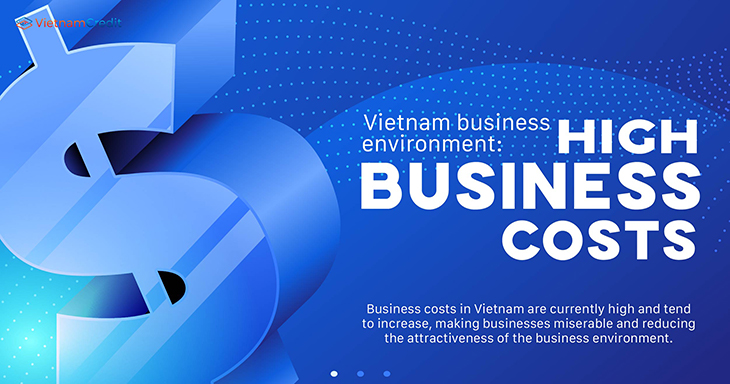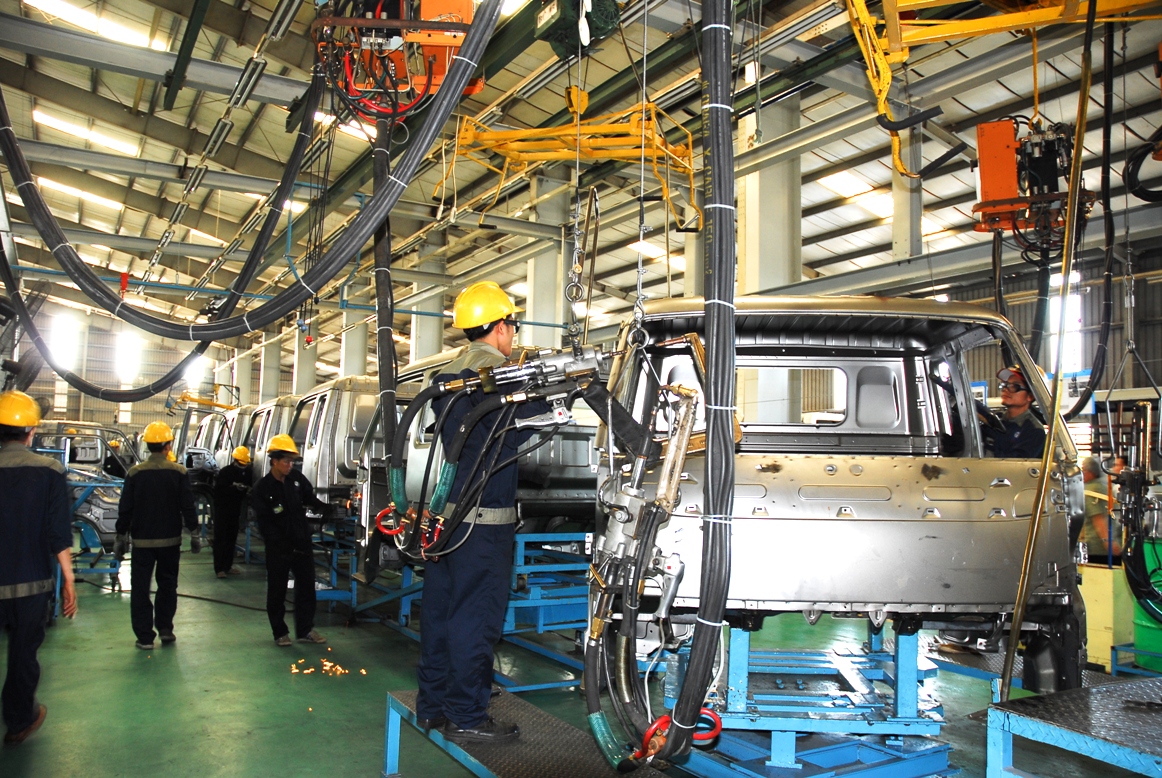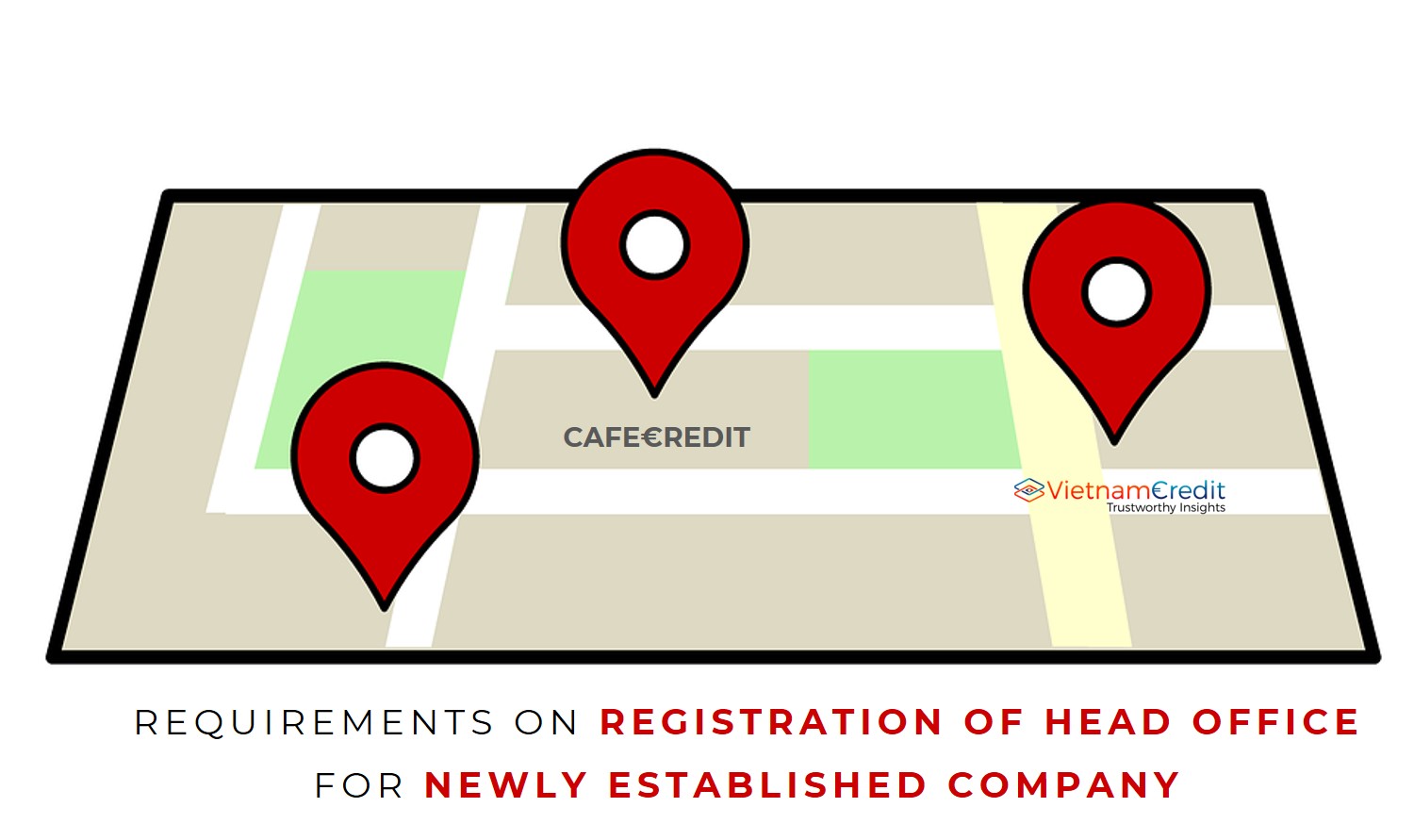Business costs in Vietnam are currently high and tend to increase, making businesses miserable and reducing the attractiveness of the business environment.
High labor-related costs
The year 2023 continues to show a difficult picture for the business community in Vietnam when industrial production, import and export decreased sharply, and the rate of bankruptcy of businesses increased.
Major fluctuations in the world economy are objective causes of this, however, according to Dr. Dau Anh Tuan, Deputy General Secretary of the Vietnam Confederation of Commerce and Industry (VCCI), there are internal factors, especially the lack of speed in removing difficulties or promptly promulgating support policies.
Sharing at the "Vietnam Financial Forum 2023", Mr. Tuan said one of the reasons why Vietnamese businesses are falling into a very difficult situation today is rising costs.
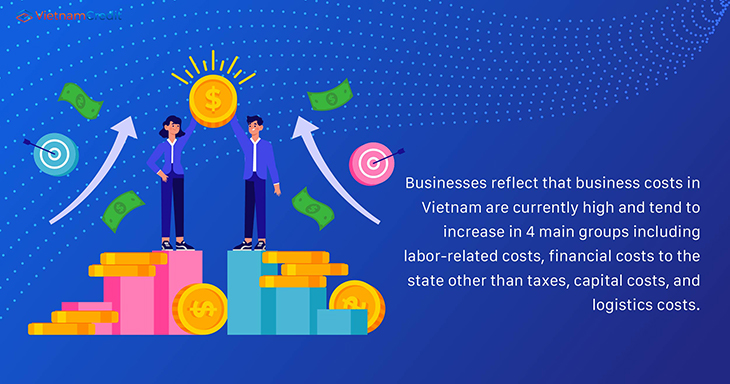
Businesses reflect that business costs in Vietnam are currently high and tend to increase in 4 main groups including labor-related costs, financial costs to the state other than taxes, capital costs, and logistics costs.
Regarding labor-related costs, these costs are divided into 2 groups that are within the agreement between the two parties and costs that are not within the agreement between the two parties but are forced to be spent due to the provisions of law.
For the former group of cost, businesses are willing to pay more to get better quality and quantity of workers in the market. However, mandatory amounts prescribed by Vietnamese law are relatively high, including social insurance and trade union fees.
According to current regulations, employers are responsible for paying social insurance and other mandatory funds at the rate of 17% of the employee's monthly salary. This contribution rate, plus the employee's contribution of 25%, plus health insurance and other payments, has reached 32%.
This is a high level of social insurance contributions compared to some countries in the region such as Malaysia with the highest being 13%, Indonesia with about 10 - 12%, Philippines with 8% and Thailand with 5%.
The minimum wage in Vietnam has also increased sharply in recent years. Bangladesh's minimum wage is 74.8 USD/person/month, while Vietnam's is 198.5 USD/person/month.
Trade union fees of 2% of the salary fund are also a unique burden for businesses investing and doing business in Vietnam.
Such high costs may reduce the competitiveness of the economy, making it difficult for Vietnam to attract investment capital to create jobs for millions of people of working age each year.
Other costs
According to Mr. Tuan, capital costs of Vietnamese enterprises are very high. From the end of 2022 to the beginning of 2023, interest rates increased sharply, although they are now on a downward trend.
However, short-term interest rates, long-term interest rates and the average interest rate of the Vietnamese currency are always several percent higher than the interest rates of other currencies in the region. This stems from the fact that business risks in Vietnam are still high, financial and monetary security, although improved, is still poor compared to neigboring countries, and national credit ratings are still low.
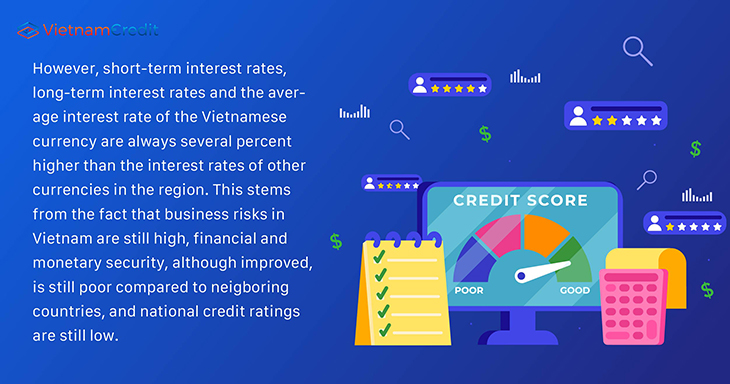
For example, according to Moody's, Vietnam's credit rating has increased three levels from B2 in 2012 to Ba2 in 2022, which is a good result that helps lower long-term interest rates of the dong. However, if compared with other countries in the region, Vietnam's credit rating is still many levels lower (Thailand - Baa1, Indonesia - Baa2, Philippines - Baa2, Malaysia - A3).
This means that investors will demand higher interest rates or higher profits when investing in Vietnam. Such high capital costs make it difficult for capital-intensive industries such as industrial production to offer products that are competitive with many countries around the world.
The biggest obstacle to reducing long-term interest rates and raising national credit ratings mainly lies in the lack of financial transparency of state-owned enterprises and the unpredictability of policies.
State-owned enterprises must simultaneously perform business and social tasks, and their accountability responsibilities (shareholder relations, auditing, credit rating) are often lower than private enterprises with the same scale.
Therefore, improving the governance capacity of state-owned enterprises to meet international standards needs to be urgently implemented. For example, it is necessary to require large-scale state-owned enterprises to perform credit ratings.
Third, in addition to taxes, Vietnamese businesses, depending on the industry, also have to pay additional financial expenses outside the budget, which also causes businesses to incur increased business costs.
There is a situation where ministries and branches, when assigned to preside over the drafting of laws for their ministries and branches, try to add fees and revenues to the funds under their management. For example, there are natural disaster risk prevention fund, environmental protection fund, gasoline price stabilization fund, road maintenance fund. This is not to mention mobilizations and contributions from agencies, authorities, and local unions.
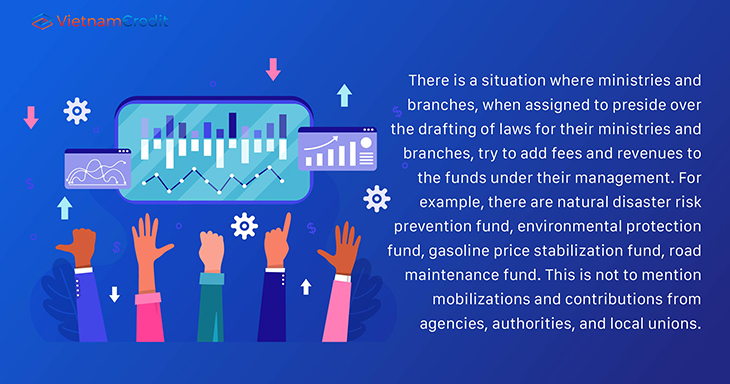
Fourth, according to Mr. Tuan, Vietnam's transportation and logistics costs are still high because the transportation infrastructure system is not synchronous and complete, and the level of traffic connection is not good. The implementation of large and key transportation projects faces many problems and is often delayed.
Although the Government has made great efforts to improve the national transportation infrastructure, high transportation costs will still last for many years, especially in the Southern region.
There are several causes, including the fundamental reason that Vietnam's financial mechanism for infrastructure investment is still slow to innovate.
Mr. Tuan said that this barrier of high business costs reduces the competitiveness and capital accumulation ability of the Vietnamese economy compared to other countries in the region, especially the ability to attract investment capital, creating jobs for the economy.
In the textile and garment sector, Vietnam is ranked behind Bangladesh, the reason being that Bangladeshi goods are cheaper and lower labor costs, including minimum wage and other payables.
These high costs put Vietnam at risk of losing orders to other countries. Businesses do not make new investments, and businesses have to cut labor. Therefore, a large number of workers have lost their jobs and this is much more difficult than ensuring the lives of employed workers.
Vietnam's economy still lacks capital and needs to compete to attract capital, but if labor costs are too high, capital will not flow in. In the context that investment attraction policies that have been considered strengths so far, such as tax incentives, are being blocked due to the global minimum tax policy, attracting capital to create enough jobs for the economy is the primary goal.
Source: vietnambiz
Compiled by VietnamCredit

